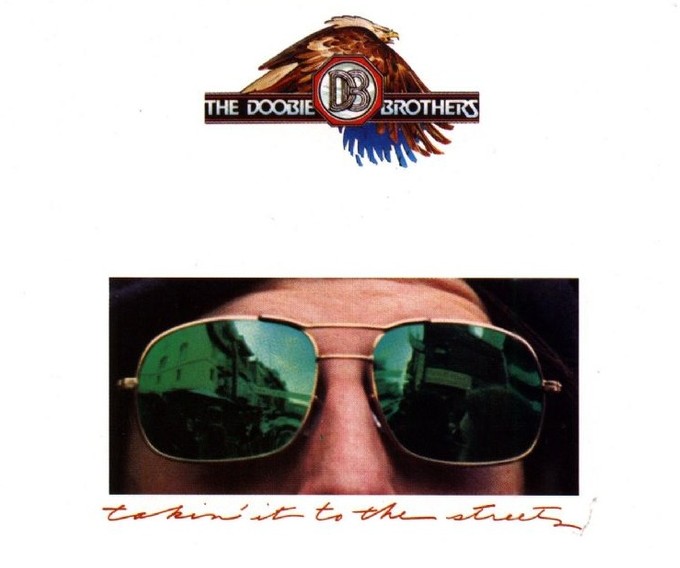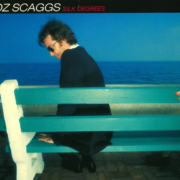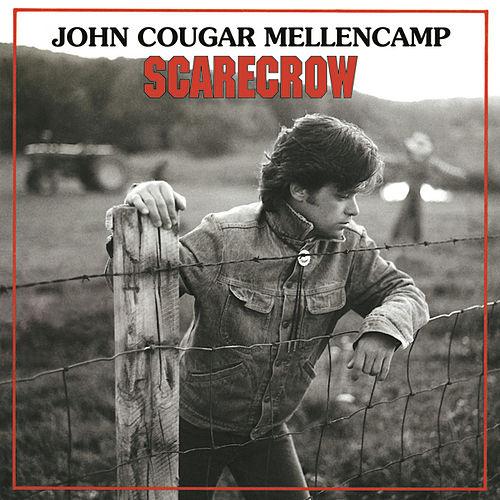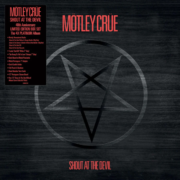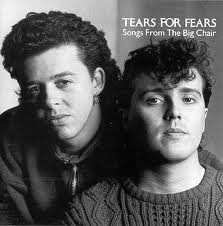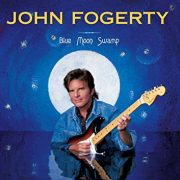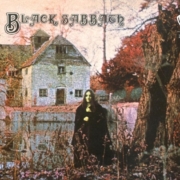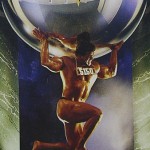Doobie Brothers- Takin’ It to the Streets- Tom Johnston, Pat Simmons, Michael McDonald
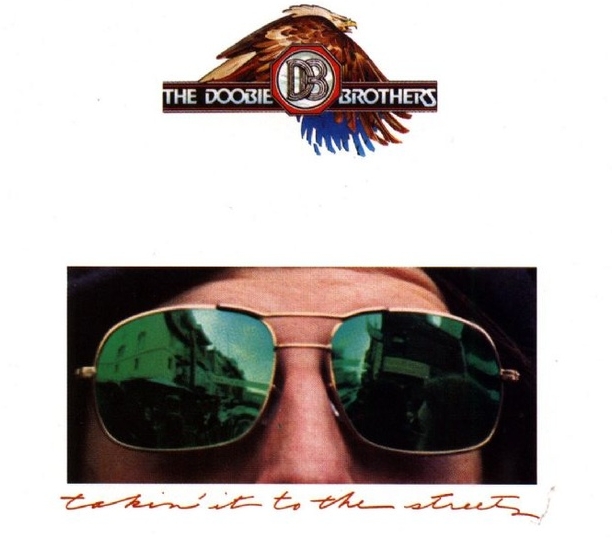 Since their humble bar-band beginnings in San Jose CA over fifty years ago, the Doobie Brothers have had no less than 25 members, a mind-boggling fact which usually signals intransigence by a control freak leader or two. With the Doobie Brothers, however, the exact opposite has always been the case: their collaborative spirit, seemingly open to any American musical influence including folk, bluegrass, rock’n’roll, Motown, and jazz has been matched only by the undying loyalty extended to every member. The fact that the Doobie Brothers reinvented themselves for their March 1976 album Takin’ It to the Streets is quite widely known, but the reasons for the musical shift, and the manner in which they made it work so successfully, is a fascinating back-story worthy of an HBO mini-series starring my guests in these classic rock interviews Tom Johnston, Pat Simmons, and Michael McDonald.
Since their humble bar-band beginnings in San Jose CA over fifty years ago, the Doobie Brothers have had no less than 25 members, a mind-boggling fact which usually signals intransigence by a control freak leader or two. With the Doobie Brothers, however, the exact opposite has always been the case: their collaborative spirit, seemingly open to any American musical influence including folk, bluegrass, rock’n’roll, Motown, and jazz has been matched only by the undying loyalty extended to every member. The fact that the Doobie Brothers reinvented themselves for their March 1976 album Takin’ It to the Streets is quite widely known, but the reasons for the musical shift, and the manner in which they made it work so successfully, is a fascinating back-story worthy of an HBO mini-series starring my guests in these classic rock interviews Tom Johnston, Pat Simmons, and Michael McDonald.
However, the key man in redirecting the flow of the Doobie Brothers’ mighty musical “black water”, in 1975 when lead singer/guitarist Tom Johnston had to leave mid-tour because of a bleeding stomach ulcer, actually may have been the newest member then, guitarist Jeff “Skunk” Baxter. You see, Baxter had been thrown a lifeline by the Doobies after Steely Dan’s exceptional touring band had been permanently sidelined only a year before, and now his new gig was similarly threatened by Johnston’s abrupt departure mid-tour. Internally the Doobies always had been very democratic and laid back, with Johnston the closest thing to a “leader” now gone, so Baxter made a proactive call to another former Steely Dan tour musician, Michael McDonald, to come bail the Doobie Brothers out. 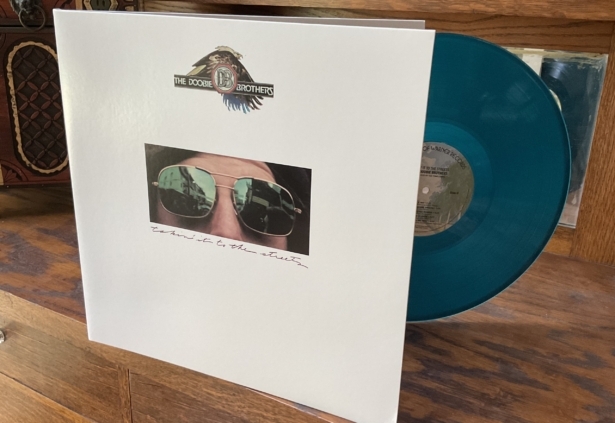 “He said the band needed somebody who could sing and play keyboards,” Michael McDonald recalls quite matter-of-factly in my classic rock interview. Baxter told McDonald that the Doobies needed to replace Tom Johnston, like Baxter a third guitar player, with a keyboard player. This cannot be overstated. Apparently Baxter felt that the roles that needed to be replaced urgently by the sudden loss of Tom Johnston were his songwriting and lead singing, and with Baxter and Doobie Brothers co-founder Pat Simmons, that the guitar arrangements were fulfilled completely. The additional “color” of a talented keyboard player like Michael McDonald could expand the band exponentially, whereas a third guitar player would be trying to ape Lynyrd Skynyrd and the Outlaws down a path the Doobie Brothers did not need to follow. –Redbeard
“He said the band needed somebody who could sing and play keyboards,” Michael McDonald recalls quite matter-of-factly in my classic rock interview. Baxter told McDonald that the Doobies needed to replace Tom Johnston, like Baxter a third guitar player, with a keyboard player. This cannot be overstated. Apparently Baxter felt that the roles that needed to be replaced urgently by the sudden loss of Tom Johnston were his songwriting and lead singing, and with Baxter and Doobie Brothers co-founder Pat Simmons, that the guitar arrangements were fulfilled completely. The additional “color” of a talented keyboard player like Michael McDonald could expand the band exponentially, whereas a third guitar player would be trying to ape Lynyrd Skynyrd and the Outlaws down a path the Doobie Brothers did not need to follow. –Redbeard

